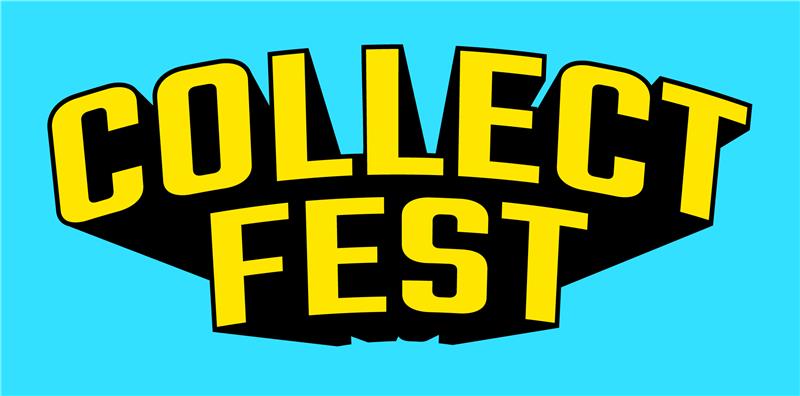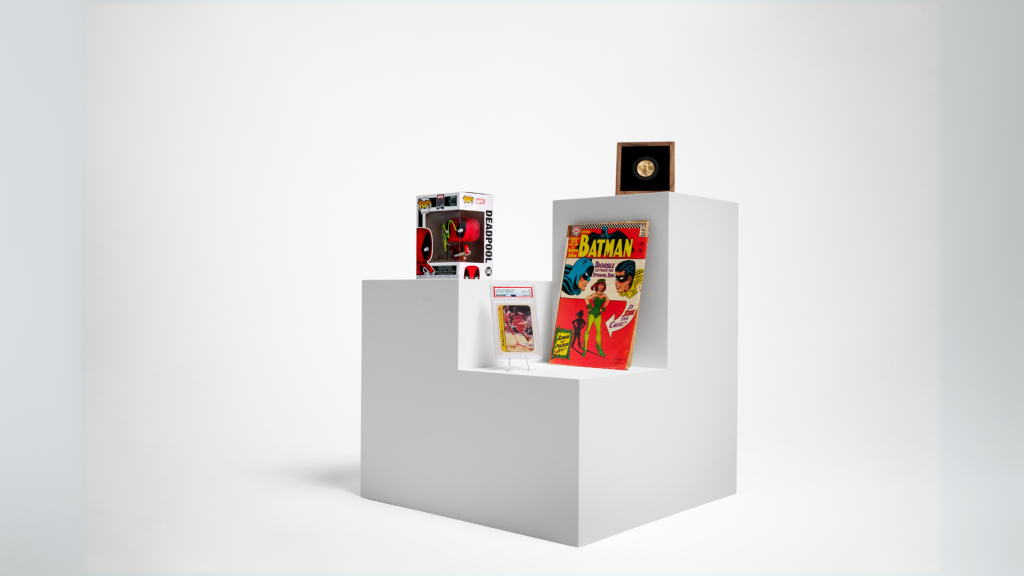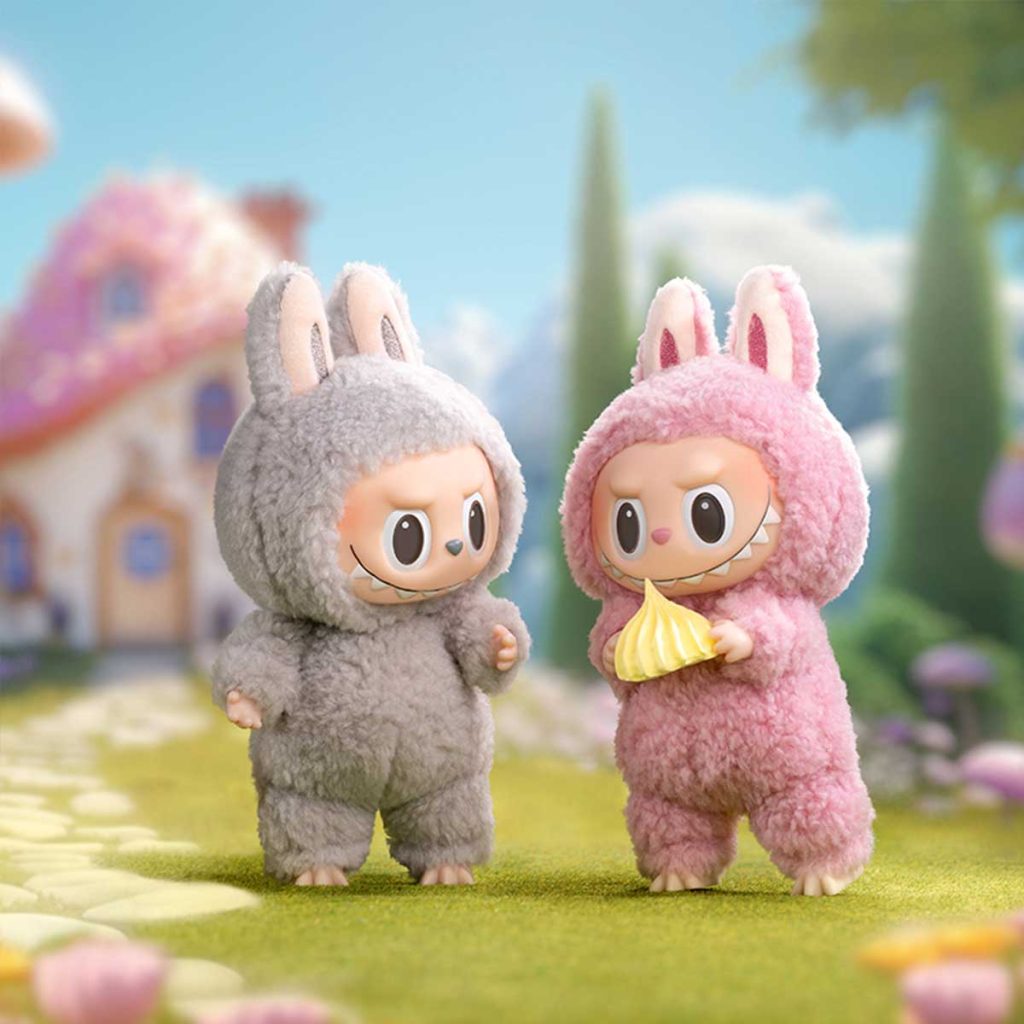From Comics to NFTs: How Trading Has Levelled Up
Trade has always been about swapping something cool for something cooler. From old-school comic books to cutting-edge NFTs, our obsession with collecting and exchanging has only gotten spicier. Here’s a little rundown of how trading has evolved over time.
1. The Classics - Comic Books (1930s+)
Ah, the golden age of trade! Back then, comics were the holy grail. Kids traded them in schoolyards like they were bars of gold. Got a first-edition Superman? Instant legend status. Those with a knack for spotting rare comics early basically unlocked time-machine-level ROI in their future.

2. Trading Cards - The Boomers Did It First (1950s+)
Sports cards, Pokémon cards, and even The Simpsons trading cards…you name it. Little did we know, those scraps of cardboard would someday foot the down payment on someone’s mortgage. Shout out to school canteens where half the trades involved at least one overhyped shinies. Skullduggery or strategy? You decide.

3. Vintage Vinyls - Music Is Money (1970s+)
Cue the vinyl collectors swooping in. Rare albums became iconic currency for trade-offs. That limited-edition Fleetwood Mac pressing? It’d cost you both your leg AND your lunch money.
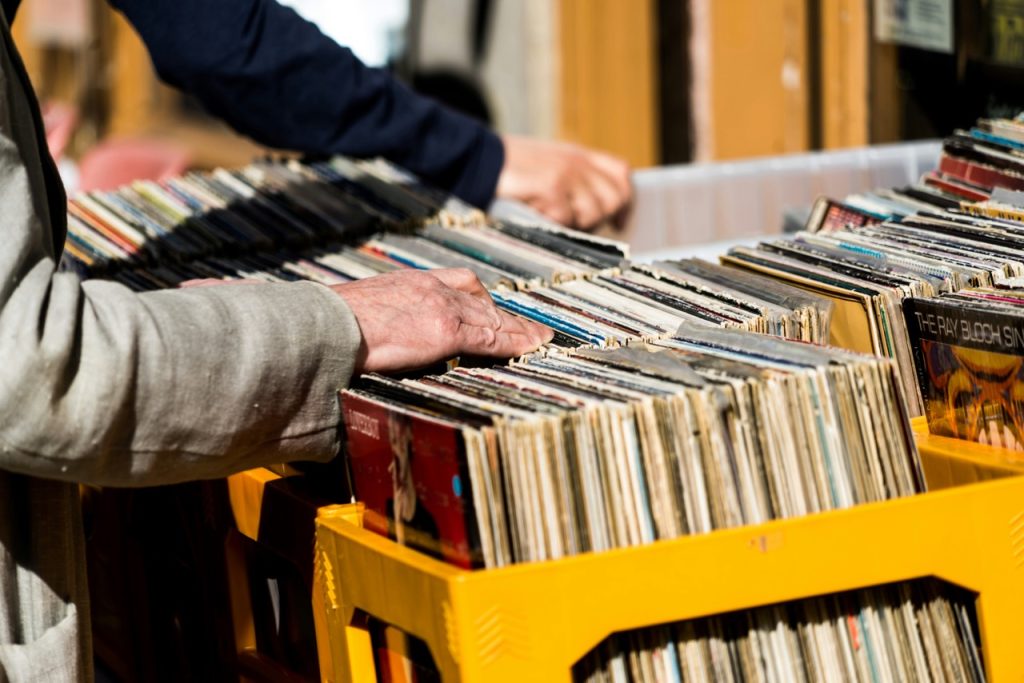
4. Beanie Babies - The '90s Wildcard
The ‘90s really said, “What if we trade stuffed animals?” Beanie Babies were advertised as “investments,” though most people just used them as oversized guilt purchases. Some collectors hit the jackpot, others just hit regret. RIP to everyone’s Princess Diana Bear dreams.

5. Sneakerheads Take Centre Stage (2000s+)
Here came the sneakerheads, swapping kicks like Wall Street swaps stocks. Jordans, Yeezys, Dunks… trading sneakers went premium, with Instagram battles solidifying bragging rights. Forget diamonds, rare Nikes are forever.
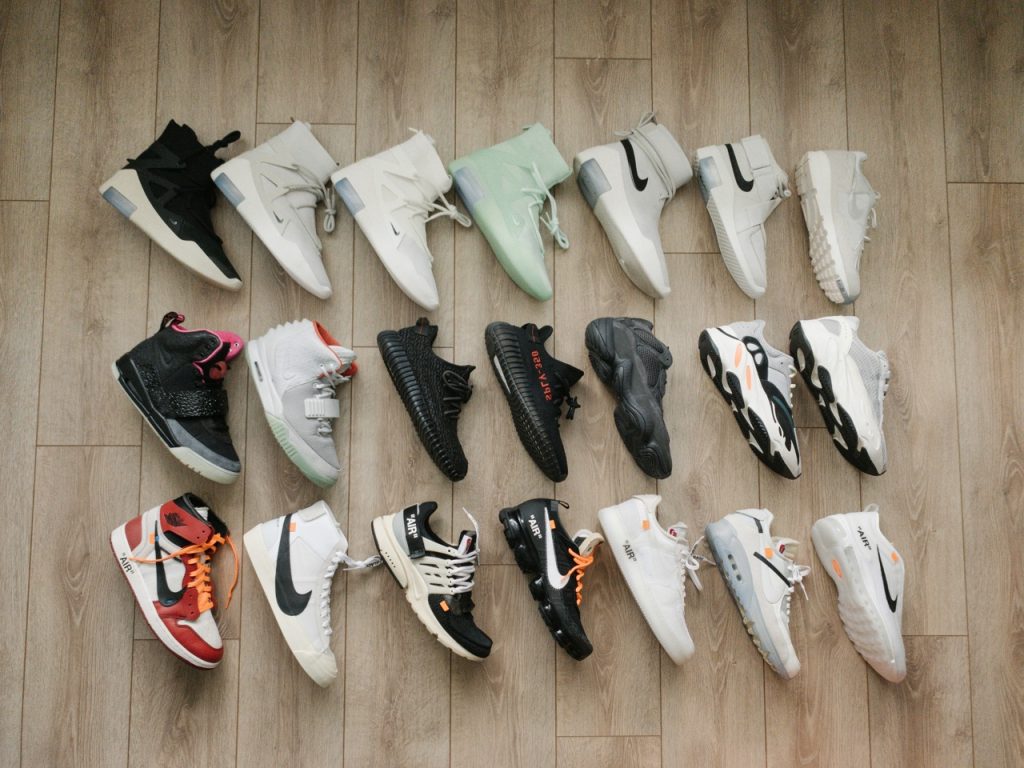
6. Digital Game Skins (2010s)
Games like Fortnite and CSGO changed the trade game. Instead of physical items, kids started swapping skins and in-game loot. Who needs a baseball card when you’ve got a rare Dragon Lore? Gamers traded pixels, and the rest of us just quietly marvelled.
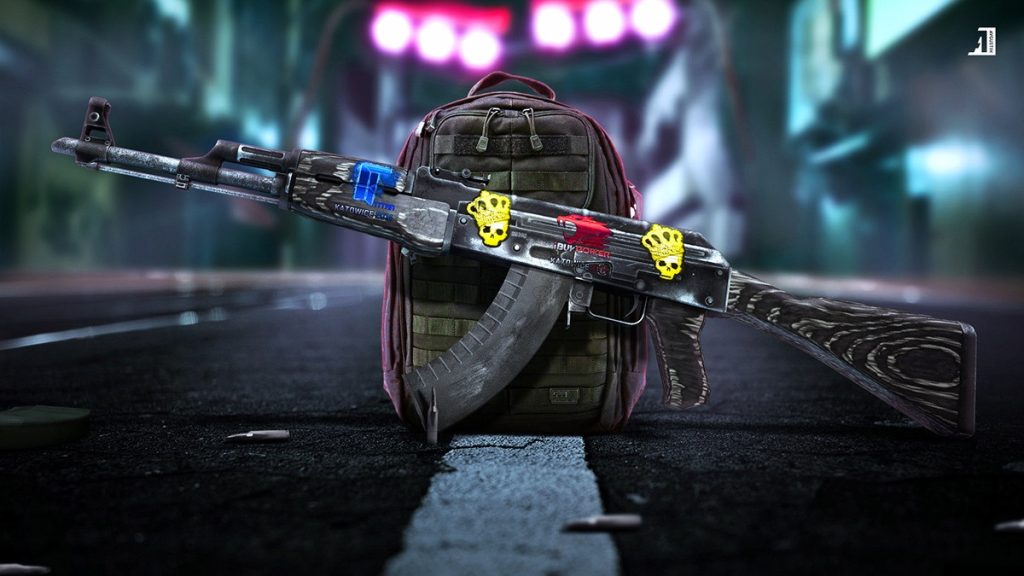
7. Enter the NFTs - Digital Flexing Goes Viral (2020s)
And here we are. NFTs turned digital art into tradable assets, spawning a whole new generation of collectors. Whether it’s collectible monkeys or space cats worth five figures, NFTs brought the same hustle spirit to a whole new canvas. Plus, now we can all agree that “JPEGs for Ethereum” summarises peak 2020s chaotic energy.

Trading’s Takeaway
Whatever the era, trading isn’t just about stuff—it’s about fun, flexing, and finding VALUE (with a capital V). From dog-eared comics all the way to sleek NFTs, every generation adds its own twist on collecting. What’s next? Digital hologram sneakers? Don’t say we didn’t warn you.
